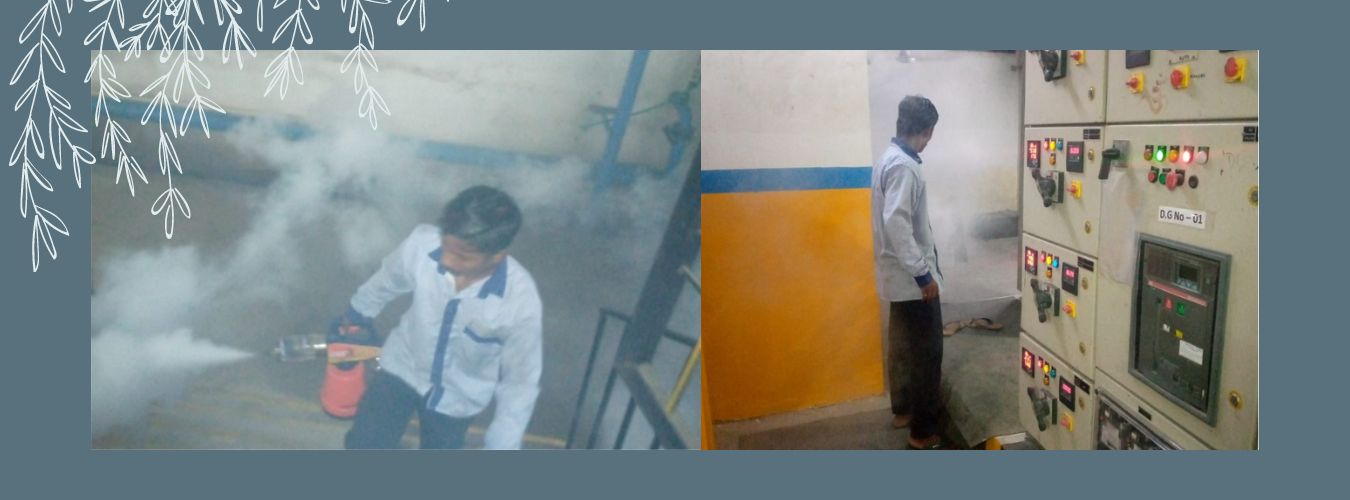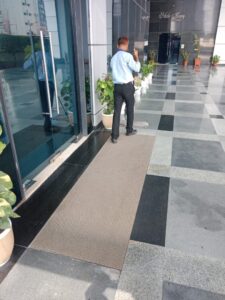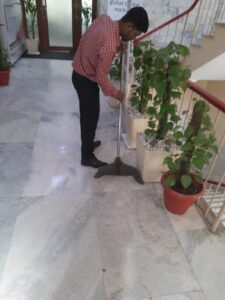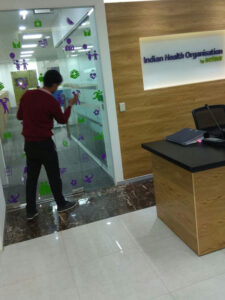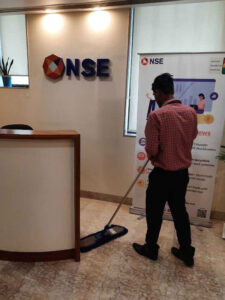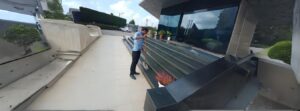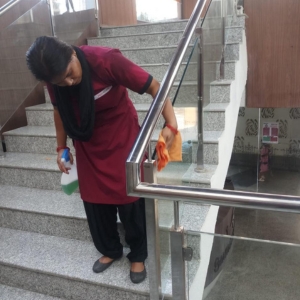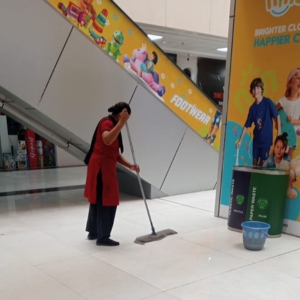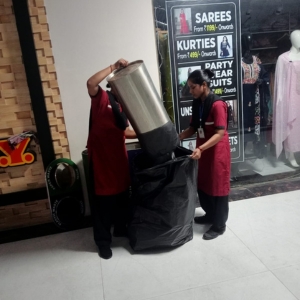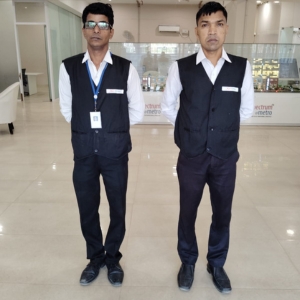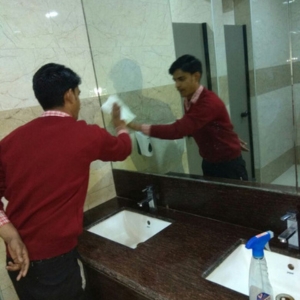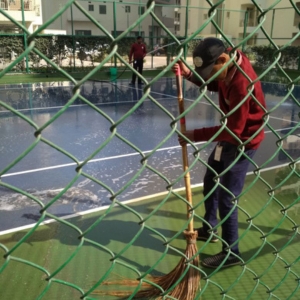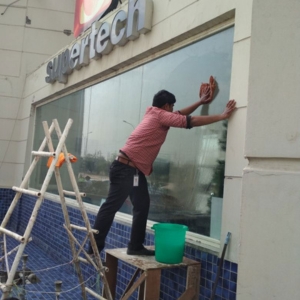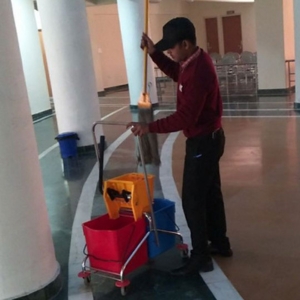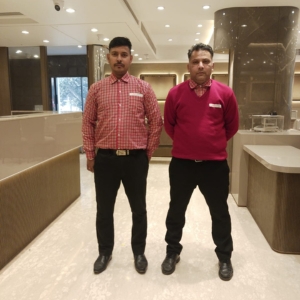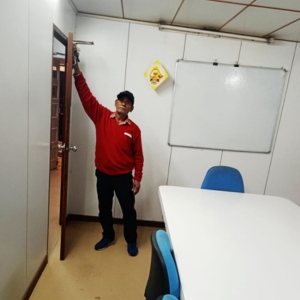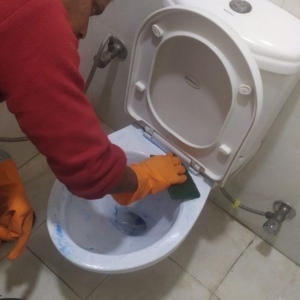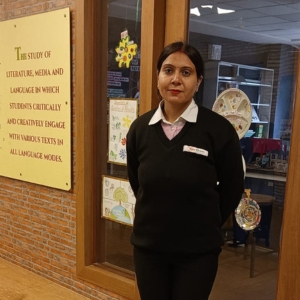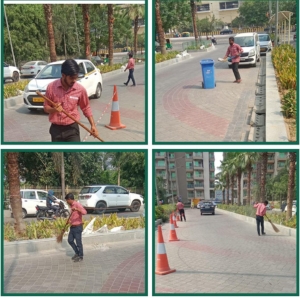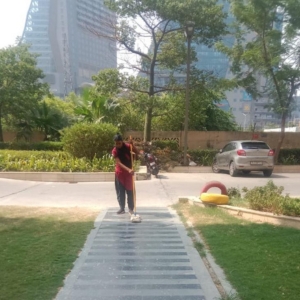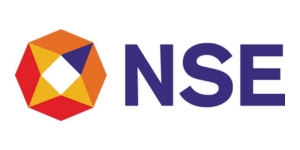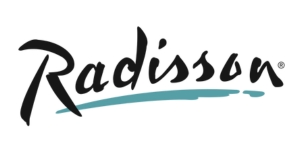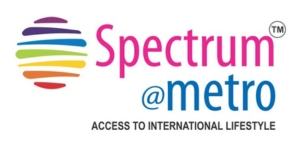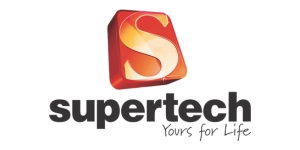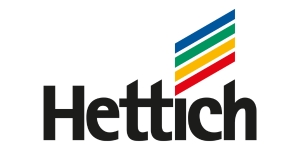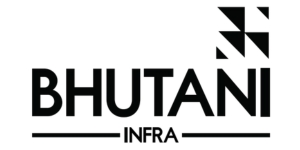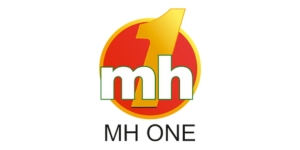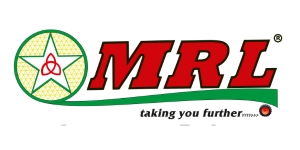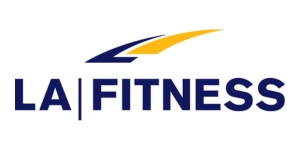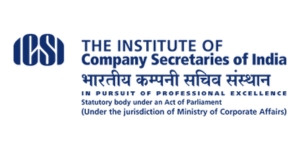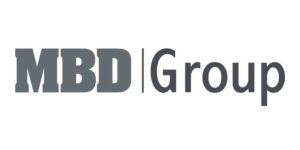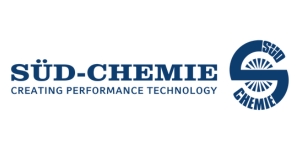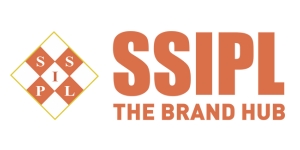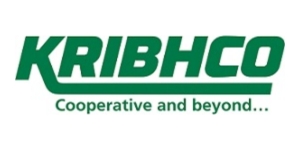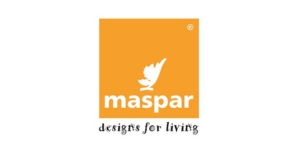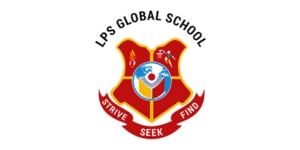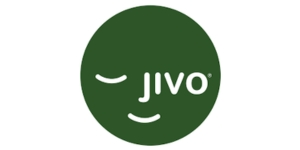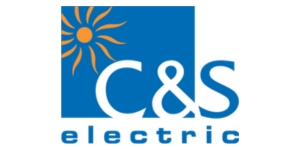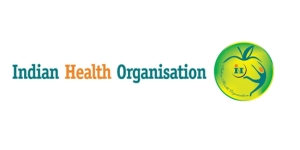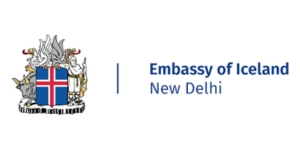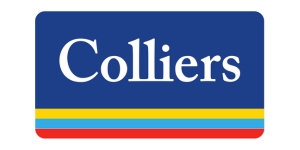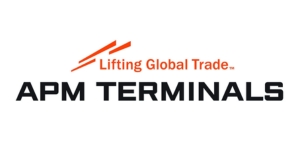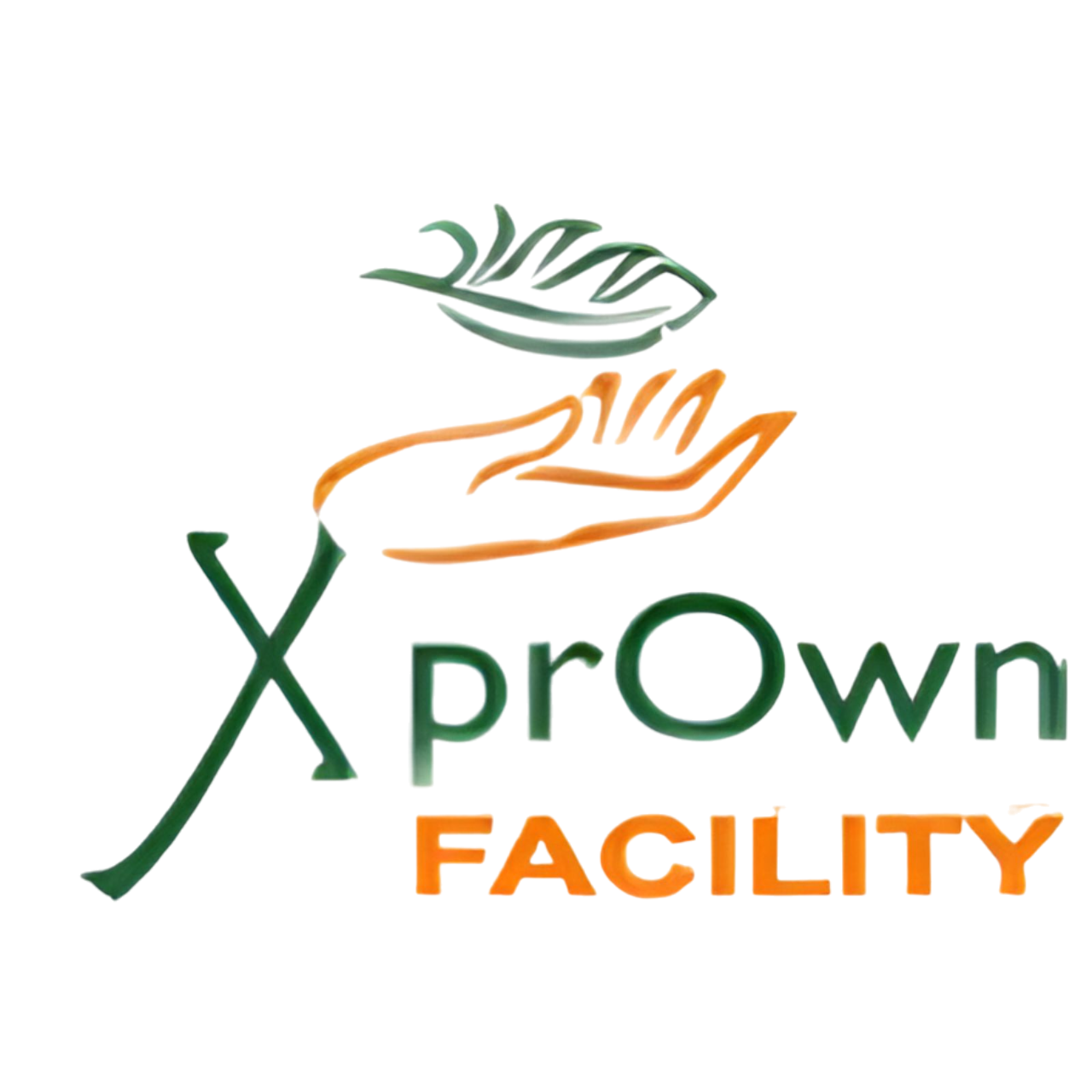Fumigation Meaning
Fumigation is an essential method used to control pests and eliminate pathogens. The fumigation process involves using specialized chemicals or gases to eradicate pests from buildings, storage areas, and commodities. This technique is commonly applied in homes, businesses, and agriculture to tackle pests like insects, rodents, termites, and stored-product pests.
By using fumigation chemicals, the process ensures complete pest elimination and helps prevent the spread of diseases, protecting both property and health.
This guide will explore the purpose, procedure, and duration of fumigation, highlighting its significance in pest management.
Procedure of Fumigation
The fumigation process typically involves several key steps to ensure its success.
- Initial Assessment: A comprehensive inspection is conducted to identify the type of pest infestation and determine the necessity of fumigation.
- Preparation: The area is cleared by removing or securely sealing items that may be affected by the fumigation chemicals, including food, personal belongings, and sensitive equipment. Windows and doors are ensured to be closed.
- Sealing the Area: The designated area is properly sealed to contain the fumigant, utilizing tarps or tents as necessary to maintain effective gas concentration.
- Application of Fumigant: The chosen fumigant is released into the sealed space, where it penetrates surfaces and efficiently targets and eliminates pests.
- Exposure Period: The fumigant is kept in the sealed environment for the required amount of time to guarantee complete elimination of pests.
- Aeration: After the exposure period, the area is adequately ventilated to allow the fumigant to dissipate, ensuring safety for employees and visitors.
- Post-Treatment Inspection: A follow-up inspection is conducted to confirm the effectiveness of the fumigation process and ensure that the area is pest-free.
- Re-entry Protocol: Clear guidance is provided on when it is safe for employees to return to the treated area, ensuring that all safety measures are communicated.
- Monitoring and Reporting: A monitoring system is implemented to detect any signs of re-infestation, and reports on the fumigation process and outcomes are prepared for record-keeping.
How long is the Fumigation Process?
The duration of fumigation can vary significantly depending on the aforementioned factors. Generally, fumigation may last anywhere from a few hours to several days. It is essential to follow the recommended exposure time to ensure the complete elimination of pests and achieve optimal results. During the fumigation period, individuals are required to vacate the premises for safety reasons and to avoid exposure to the toxic gases or fumigation chemicals used.
Types of Fumigation
Fumigation is an important pest control method used in housekeeping services in Delhi, typically provided by the best housekeeping service companies in the city to ensure a clean and safe environment. Here are the main types of fumigation services typically offered:
- Structural Fumigation Process: This involves sealing a building and using gas to eliminate pests like termites, bed bugs, and other wood-destroying insects. It’s often used for entire structures.
- Soil Fumigation Process: Commonly used in agricultural settings, this method involves applying fumigants to the soil to eradicate pests, pathogens, and weeds before planting.
- Container Fumigation Process: Used for shipping containers, this method ensures that goods transported internationally are free from pests and comply with import/export regulations.
- Space Fumigation Process: This type focuses on enclosed spaces, such as warehouses or storage areas, to eliminate pests without needing to remove items.
- Tent Fumigation Process: This is similar to structural fumigation but typically involves covering the area with a tent to contain the fumigant, ensuring it penetrates effectively.
- Localized Fumigation Process: Targeted at specific areas, this method is less extensive and is used for smaller infestations, focusing on particular rooms or sections of a building.
- Gas Fumigation Process: Uses toxic gases (like methyl bromide or sulfuryl fluoride) to penetrate materials and kill pests; it’s important to follow safety guidelines due to the risks involved.
- Residual Fumigation Process: This involves the application of pesticides that leave a residue, providing ongoing protection against pests after initial treatment.
Sustainable Fumigation in Housekeeping Services
Using Environmentally Friendly Fumigants
In housekeeping services, choosing eco-friendly fumigation chemicals is essential for protecting both people and the environment. Opt for fumigants that break down quickly and leave minimal residue, such as natural options like essential oils (e.g., cedarwood or lavender) or plant-based solutions. By incorporating these green alternatives, the best housekeeping services can achieve effective pest control while prioritizing health and sustainability, reducing reliance on conventional chemicals. This commitment not only enhances safety but also improves the overall fumigation process for a healthier environment.
Integrated Pest Management (IPM) Approach
Sustainable fumigation in housekeeping services often incorporates Integrated Pest Management (IPM) practices, which focus on preventing pest problems before they even arise. By maintaining a clean environment, sealing entry points, and reducing food and water sources for pests, the need for fumigation can be minimized, allowing it to be used only as a last resort. This proactive approach not only reduces the frequency of fumigation but also promotes a healthier, more sustainable living space.
Targeted Fumigation
In the best housekeeping services, targeted fumigation focuses on treating only problem areas, avoiding unnecessary chemical use and minimizing environmental impact. This sustainable approach ensures effective pest control while promoting efficiency and supporting eco-friendly practices. By implementing targeted fumigation, these services enhance their pest management strategies while prioritizing health and the environment.
Non-Chemical Pest Control Methods
Consider non-chemical pest control methods like heat treatment, freezing, or steam cleaning. These approaches effectively eliminate pests without harming the environment, reducing the need for fumigation chemicals used in traditional methods. By incorporating these sustainable solutions, the best housekeeping services can provide an eco-friendly pest management strategy, minimizing reliance on chemical treatments while efficiently addressing pest issues during the fumigation process.
Biological Control Methods
Employ biological pest control options, like using natural predators (e.g., nematodes or predatory insects) to target pests. This reduces reliance on harmful fumigants and promotes a more balanced, sustainable ecosystem.
Reducing Chemical Usage Through Proper Training
Educate housekeeping staff on proper fumigation techniques and the safe handling of fumigation chemicals. By ensuring they understand how to use the minimal amount of fumigant necessary for effective treatment, housekeeping services can significantly reduce their environmental footprint while maintaining effective pest control.
Eco-Friendly Packaging and Disposal
Choose fumigation products that come in eco-friendly packaging and ensure proper disposal of chemical containers. Recycling and following local regulations for disposal can significantly reduce the negative environmental impact of fumigation chemicals.
Ventilation and Post-Fumigation Care
Once fumigation is complete, it’s crucial to properly ventilate the treated area to remove any lingering fumigation chemicals. This can be achieved through natural airflow or by utilizing energy-efficient ventilation systems. Ensuring thorough ventilation not only minimizes chemical residue but also promotes a safer, healthier environment—key qualities of the best housekeeping service practices focused on both efficiency and safety.
Use of Low-Impact Fumigation Devices
Some newer fumigation devices use low-energy, low-emission technologies to release controlled amounts of fumigants. These devices use fewer chemicals and reduce energy consumption compared to traditional fumigation methods.
Regular Monitoring and Preventive Maintenance
Instead of repeated fumigation, implement regular pest monitoring to catch infestations early and address them quickly. Preventive maintenance in areas such as sealing cracks, fixing leaks, and reducing clutter can minimize the need for fumigation and promote long-term sustainability.
Conclusion
The fumigation process is a vital pest control method that plays a crucial role in maintaining the safety and integrity of various spaces and commodities. Understanding the meaning, purpose, procedure, and duration of the fumigation process is essential for effective pest management and protection against infestations and pathogens. By utilizing this powerful technique, the best housekeeping service can safeguard living and working environments, preserve valuable goods, and create healthier, pest-free spaces.

